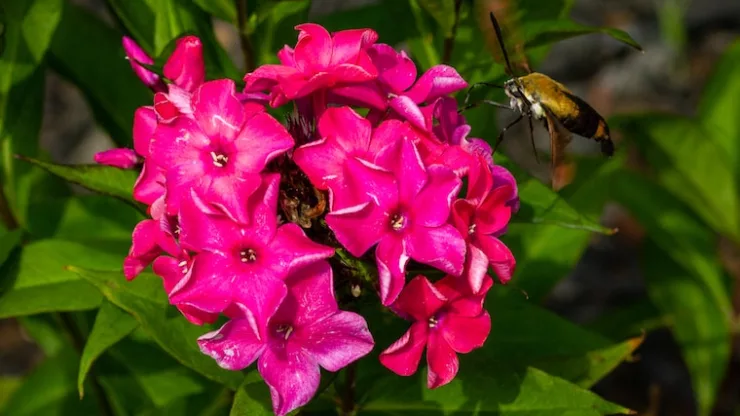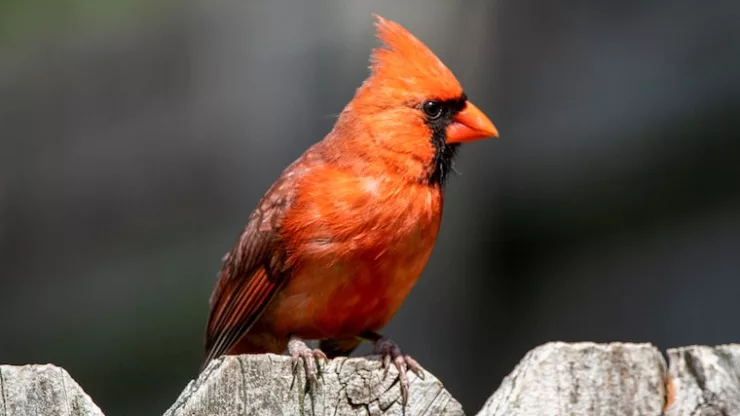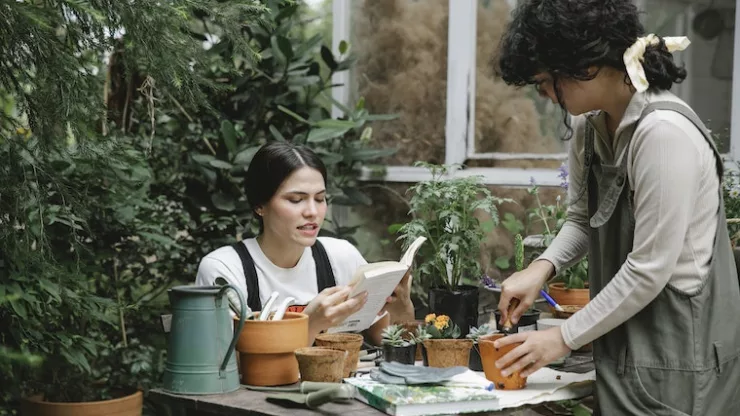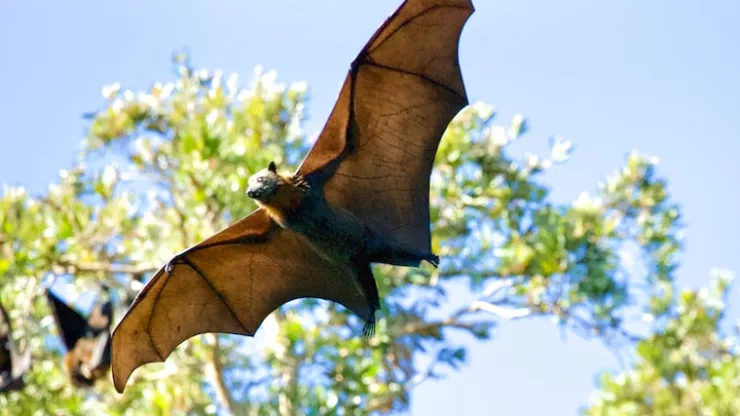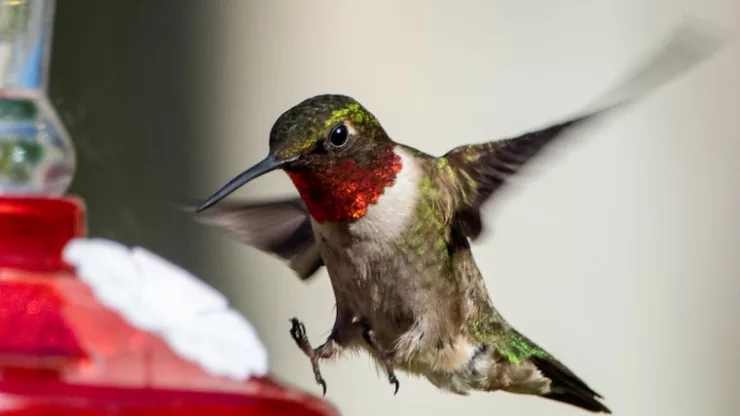Jump to Section
Introduction: Embracing the Urban Wilderness
Picture this: you’re sipping coffee on a peaceful morning, watching a family of squirrels scurry playfully in your backyard.
A butterfly flutters past, and the gentle hum of bees fills the air.
City Critters: How to Build and Maintain an Urban Wildlife Habitat in Your Backyard teaches you how to create this idyllic sanctuary.
Creating a Wildlife-Friendly Environment
- Choosing the Right Plants: Native plants are crucial for supporting local wildlife populations. Research which species are indigenous to your region and include a diverse array of trees, shrubs, and flowers.
- Providing Shelter: A variety of nesting boxes, birdhouses, and bug hotels will help attract a wide range of species.
- Water Sources: From bird baths to small ponds, a reliable water source is vital for attracting and sustaining wildlife.
Making Your Habitat Safe and Sustainable
- Pesticide-Free Zone: Avoid using harmful chemicals that can threaten the well-being of your backyard critters.
- Proper Waste Management: Keep your habitat clean by disposing of waste responsibly and recycling when possible.
Getting Involved with the Community
- Join Local Conservation Groups: Networking with fellow enthusiasts can provide valuable knowledge and support.
- Participate in Citizen Science: Help researchers collect data on urban wildlife populations through apps and online portals.
Transforming Your Backyard
Step-by-Step Guide
- Assess Your Space: Determine the size and layout of your backyard to plan effectively.
- Design with Purpose: Create a blueprint for your habitat, incorporating essential elements like food, shelter, and water.
- Planting and Building: Bring your blueprint to life by planting native species and constructing shelters.
- Maintenance and Monitoring: Regular upkeep and observation will ensure your habitat remains a thriving oasis.
Wildlife to Expect
Feathered Friends
- Birds of a Feather: Attract a variety of birds with nesting boxes, feeders, and diverse plant life.
Buzzing Beauties
- Bees and Butterflies: Encourage pollinators with a mix of flowering plants and bug-friendly shelters.
Furry Neighbors
- Squirrels and Chipmunks: These charismatic creatures will liven up your backyard with their playful antics.
Troubleshooting Common Issues
- Unwanted Guests: Learn how to humanely deter pests and invasive species.
- Nurturing Delicate Ecosystems: Discover the balance between providing for wildlife and preserving their natural habits.
Inspiring Others
- Sharing Your Knowledge: Teach friends, family, and neighbors about the importance of urban wildlife habitats.
- Promoting Green Spaces: Advocate for the development of community gardens and parks.
Additional Benefits of Your Urban Wildlife Habitat
Health and Well-Being
- Nature as Therapy: Studies have shown that spending time in green spaces can reduce stress, boost mood, and improve overall mental health.
- Physical Fitness: Gardening and maintaining your habitat is a great way to stay active and fit.
Environmental Impact
- Supporting Local Ecosystems: Your urban wildlife habitat plays a crucial role in supporting local ecosystems by providing resources for native species.
- Combating Climate Change: Green spaces, including your backyard habitat, help absorb carbon dioxide, reducing the impact of climate change.
Educational Opportunities
- Learning Through Observation: Your backyard habitat offers endless opportunities to observe and learn about the natural world and its inhabitants.
- Involving Children: Encourage the next generation to appreciate and protect nature by involving them in the creation and maintenance of your urban wildlife habitat.
Expanding Your Urban Wildlife Sanctuary
- Collaborating with Neighbors: Combine efforts with neighbors to create larger connected habitats for urban wildlife.
- Advocating for Wildlife Corridors: Support the development of wildlife corridors in urban areas, which allow animals to move safely between habitats.
Conclusion: Embracing the Call of the Wild
By creating a City Critters: How to Build and Maintain an Urban Wildlife Habitat in Your Backyard, you’ll not only enrich your own life but also contribute to the preservation of urban biodiversity.
As you witness the natural world flourish in your backyard oasis, you’ll be inspired to share your knowledge and passion with others.
Together, we can make a difference – one backyard at a time.
Frequently Asked Questions
- Can I create a wildlife habitat in a small urban space? Yes! Even small spaces can be transformed into thriving habitats with proper planning and plant selection.
- Is it expensive to build and maintain an urban wildlife habitat? The cost varies depending on the size and complexity of your habitat. However, many native plants can be sourced affordably or for free.
- What should I do if a wild animal seems injured or distressed? Contact a local wildlife rehabilitation center for guidance on how toproceed. Avoid handling the animal unless absolutely necessary.
- How can I keep my pets safe while providing a habitat for urban wildlife? Ensure your pets’ vaccinations are up to date, and supervise them when they’re outside. You can also create designated pet-free zones within your habitat.
- How can I make my yard more attractive to specific species? Research the specific needs of the species you wish to attract, and tailor your habitat to meet those requirements.
- Is it okay to feed wildlife in my backyard? While providing food for wildlife can be beneficial, it’s essential to do so responsibly. Offer natural food sources like native plants, and avoid unhealthy human foods.
I’m a nature enthusiast and creator of Metro Wilds and have spent years exploring the great outdoors.
With a passion for environmental conservation and sustainability, I have dedicated my career to writing about the beauty and wonders of nature, as well as the threats facing our planet.
Contact me at [email protected] for assistance.

